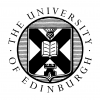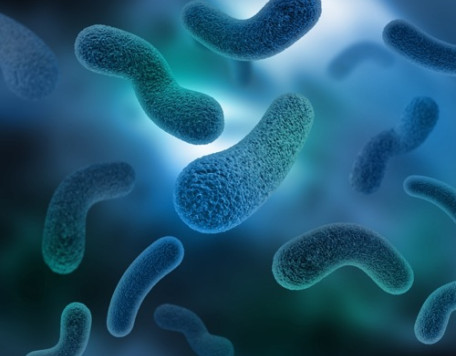© Pint of Science, 2025. All rights reserved.
Our DNA contains the blueprints for our bodies, governing everything from how we develop in the womb to how we age. But within this 3 billion-letter-long sequence of genetic code, errors (mutations), can be inherited from our parents, or arise anew, potentially leading to disease. Now the challenge beckons, can we unravel the connection between mutations and disease in order to treat patients? Join us to learn about how researchers are working to decipher mutations which perturb our airways and give rise to ovarian cancer.
Moving on impossibly tiny feet towards a better understanding of a rare genetic condition
Dr. Daniel Dodd
(Research Fellow)
Ever wondered how mucus gets removed from your airways or why your heart is on the left? Say hello to the hardest working organelles in the body, the motile cilia. These tiny hairlike cylinders project from the surface of cells and literally wave liquid away. This talk will highlight how we've been studying a rare genetic condition in which cilia movement is seriously disrupted. Through this work, we've pinpointed a group of patients carrying mutations in a gene crucial for making an incredibly common "building block," surprisingly vital for the formation of a specific subset of cilia.
From Chaos to Clarity to Patients: How did tumour DNA get so messy?
Dr. Ailith Ewing
(Research Group Leader )
Tumour DNA is perfectly messy. The instructions that keep our bodies healthy have been deliberately shredded and stuck back together by a determined toddler with quickly drying porridge. But is there a method to this genetic chaos? Retracing the tumour’s steps to the summit of ovarian cancer chaos, makes it clear that understanding the intent behind larger-scale changes (structural variants), and when to make them, is like trying to find our way through a blizzard with an ancient compass. Could understanding these structural twists be the key to improving patient survival and tailoring treatments?
Map data © OpenStreetMap contributors.
Other Leith Depot events
2025-05-20
Zooming In & Zooming Out
Leith Depot
138-142 Leith Walk, Edinburgh, EH6 5DT, United Kingdom
2025-05-21
Bug Battle 101
Leith Depot
138-142 Leith Walk, Edinburgh, EH6 5DT, United Kingdom



